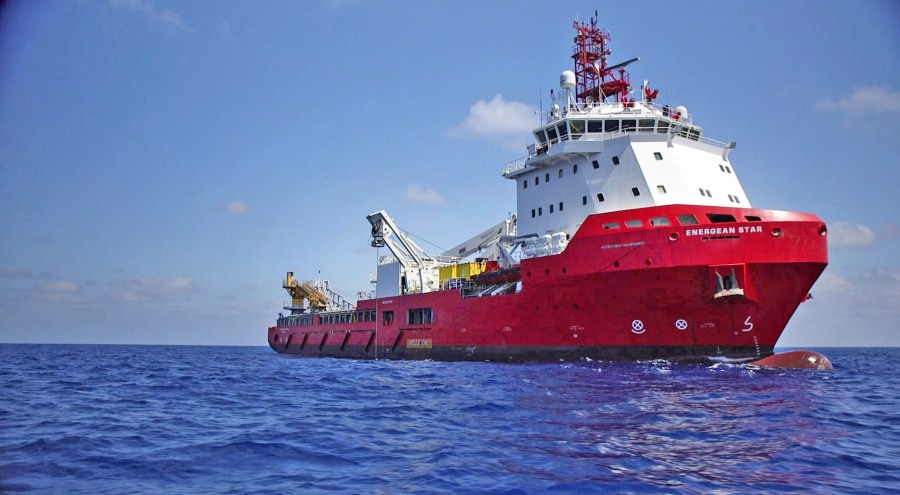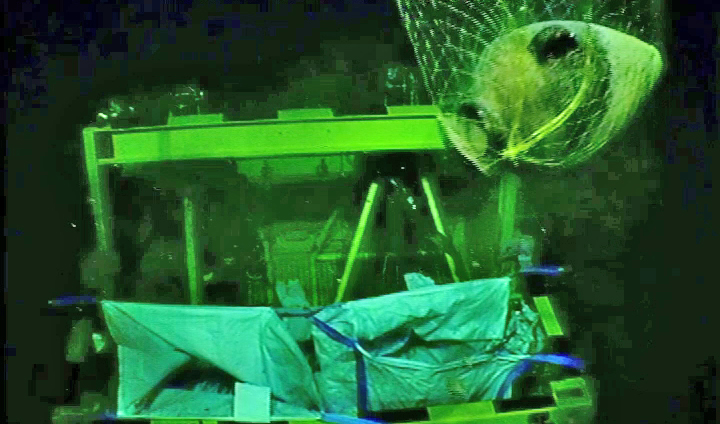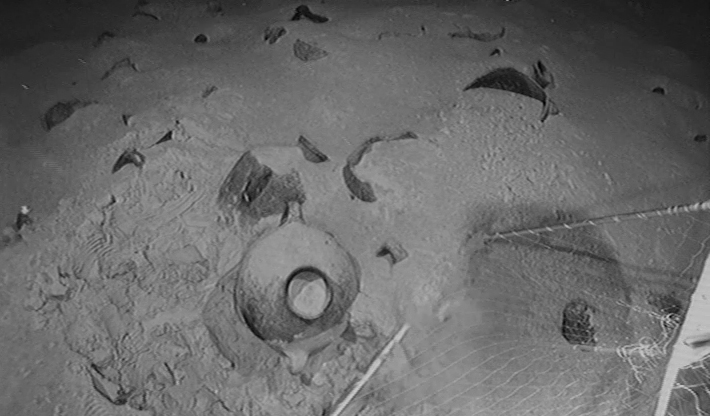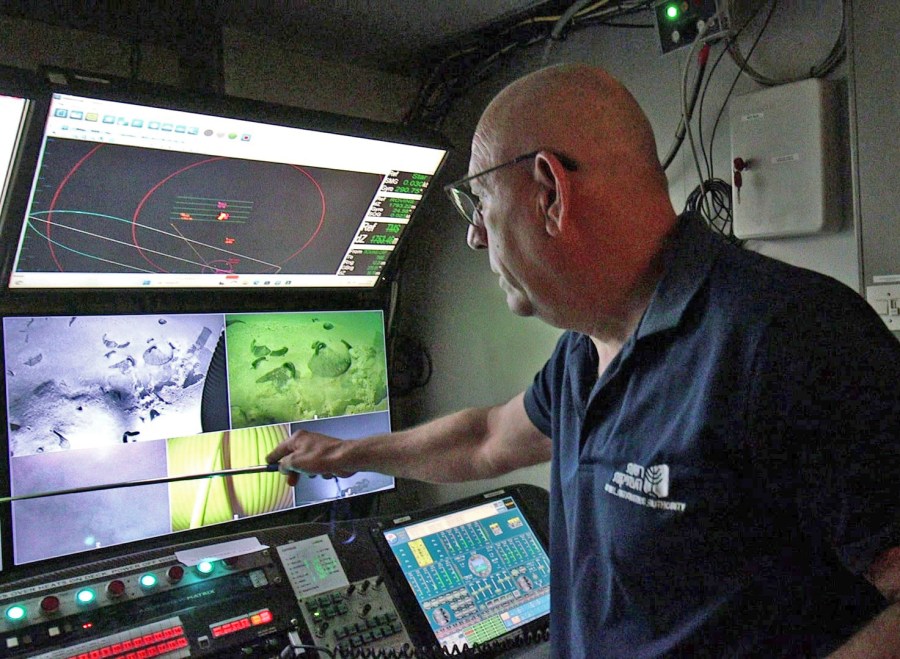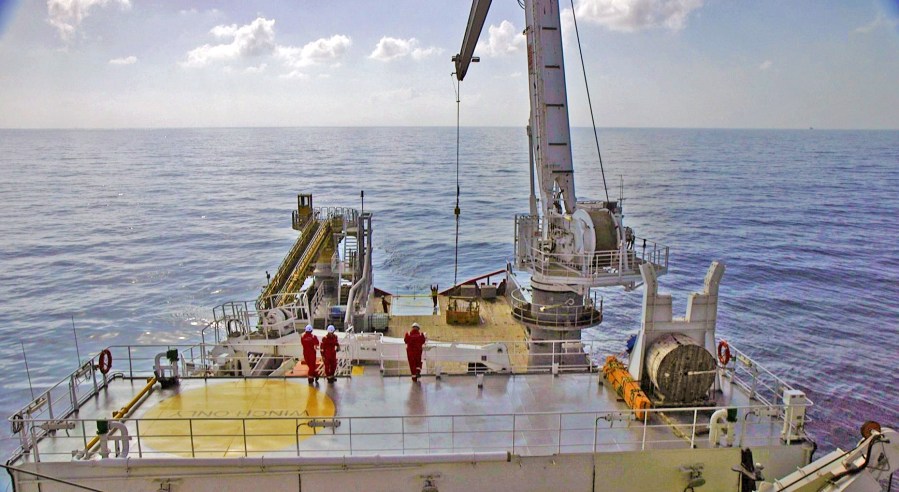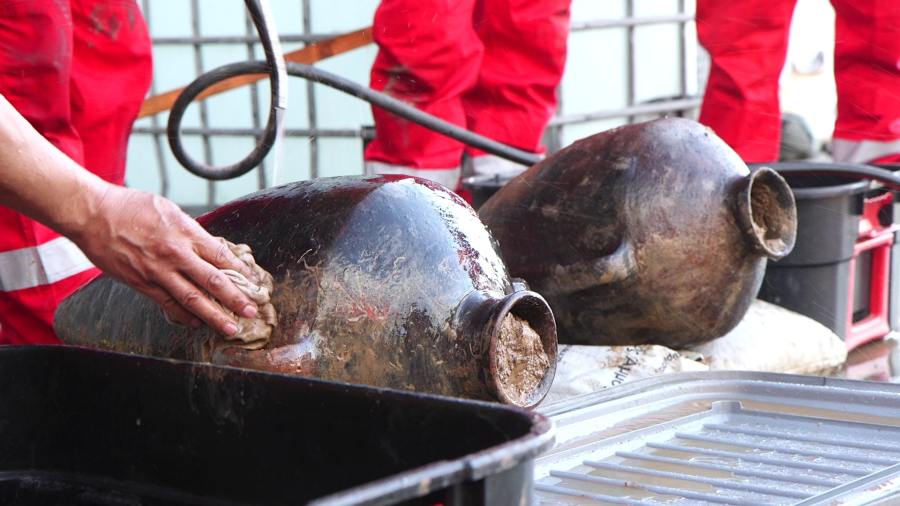(NewsNation) — The discovery of the oldest known deep-sea shipwreck has changed the way historians understand Bronze Age navigation.
The 3,300-year-old wreck was discovered by a company scouting spots to drill for natural gas. The Israel Antiquities Authority announced the find, which was located in the Mediterranean Sea.
A relic of ancient history
Archaeologists determined the full shipwreck could not be brought to the surface without damaging it after thousands of years on the seafloor. Some of the cargo, however, was able to be recovered and brought to the surface.
The ship likely sank between 1400 BCE and 1300 BCE, a time when the Egyptian empire stretched from what is now Sudan to Syria under the reign of the pharaoh Tutankhamun.
Estimated to be between 39 and 46 feet long, the ship held Canaanite amphorae, containers used to hold materials including oil, honey and resin. Archaeologists brought some of the amphorae to the surface, hoping to determine what materials they may have held.
It’s not clear how the merchant ship sank or where it originated. It may have been sailing from Syria and Canaan toward Greece, or it could have originated in an Aegean port, sailing to the area and being loaded with Canaanite goods for a return trip.
New insight into the past
What’s unique about the wreck is its location. The wreckage was found in a part of the sea where land would not have been visible to those on board.
Evidence from ships that are old is rare, and most of what historians and archaeologists know about the period came from two wrecks excavated in Turkey. Based on those finds, they believed that trade routes were conducted by ships that stayed close to shore as they traveled from port to port.
This ship, however, indicates that people of the era were able to travel distances that would require more advanced navigation. Navigational aids like compasses, astrolabes and sextants hadn’t yet been invented, leaving few possibilities.
Archaeologists have suggested the wreck implies that sailors of the era used celestial navigation to traverse areas without landmarks provided by land masses. That changes the way they think about trade in the era.
It also changes the path for future discoveries. Because of the belief that ships hugged the shore, nobody had previously searched for Bronze Age wrecks in that part of the ocean, which could now be a possible location to search for other wreckage that could hold clues to the past.


